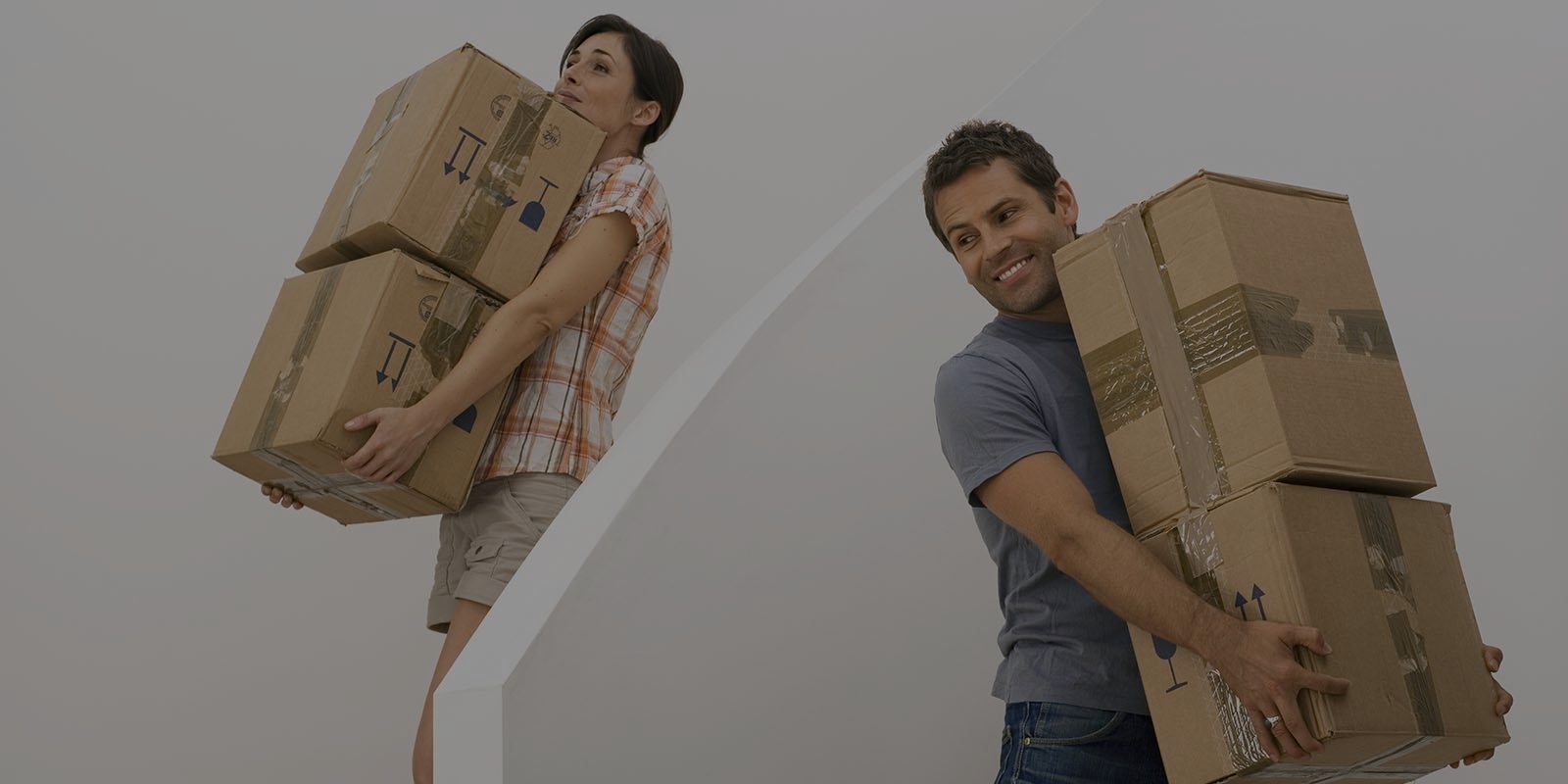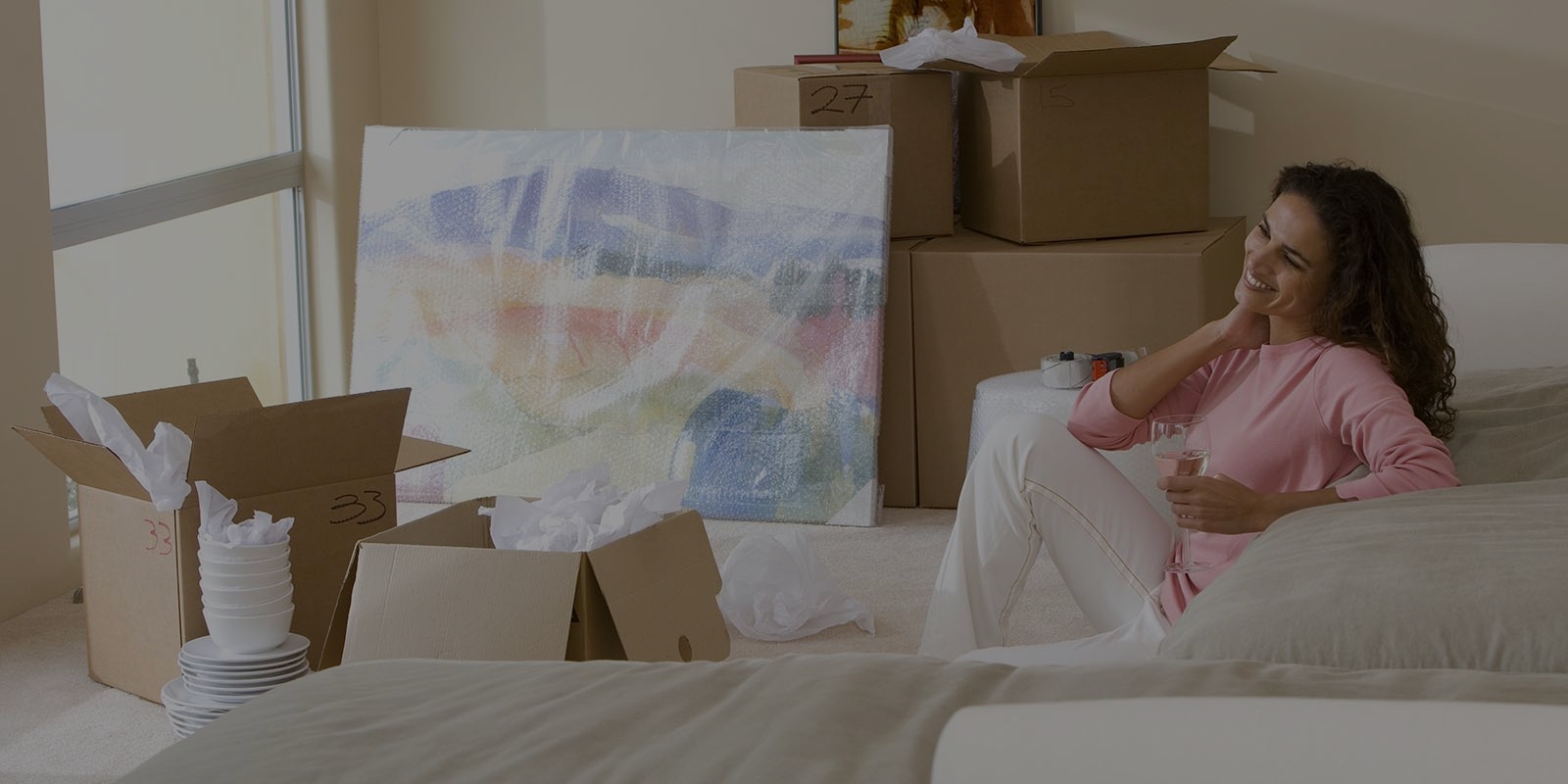Packing Perfection: Navigating Your Next House Move
Posted on 21/05/2025
Packing Perfection: Navigating Your Next House Move
Relocating to a new house is often described as one of life's most stressful events. Between sorting possessions, organizing logistics, and ensuring nothing is left behind, achieving packing perfection for your next house move might seem impossible. However, with expert planning, efficient methods, and the right tools, you can transform your moving day into a seamless experience. Let's guide you through each stage -- from preparation to arrival -- so you can confidently master your house move.
Why Efficient Packing Matters
Packing is more than putting items into boxes; it's an art and science. Proper packing for moving house not only saves time but also prevents damage, reduces stress, and can even help save money during your move. Poorly packed boxes are prone to breakage, lost items, and last-minute chaos.
- Protects Valuables: Proper packing materials and techniques safeguard your cherished belongings.
- Saves Money: Fewer damaged items mean lower replacement costs and insurance claims.
- Reduces Stress: An organized packing strategy creates a smoother transition for everyone involved.
- Eases Unpacking: Labelled, well-organized boxes make settling into your new home quicker and easier.

Step 1: Creating a Comprehensive Packing Plan
Before you put anything in a box, a thorough plan is essential for navigating your next house move with ease. Here's how you can set yourself up for success:
1. Establish Your Timeline
Start early--ideally 6-8 weeks before your move. The earlier you begin, the less stressful the process will be. Break down tasks week by week:
- 8-6 weeks before: Declutter, source packing materials, and create a moving checklist.
- 5-3 weeks before: Begin packing non-essentials and out-of-season items.
- 2-1 weeks before: Pack everyday essentials and valuables.
- Moving day: Pack last-minute items and conduct a final walkthrough.
2. Declutter and Downsize
Packing perfection starts with a clean slate. The less you move, the less you pack. Sort items into four categories: keep, donate, sell, and discard. Deeply consider the necessity and sentimentality of each item before committing it to a box.
3. Inventory Everything
Keep a detailed moving inventory. List all items by room and mark valuables for extra care. This helps keep things organized and simplifies insurance claims if needed.
Step 2: Gathering the Right Packing Materials
To ensure packing perfection during your house relocation, gather premium-quality packing supplies ahead of time. This will streamline the process and offer maximum protection for your belongings.
- Cardboard boxes: Various sizes for different items
- Specialty boxes: Wardrobe, dish and picture boxes
- Bubble wrap and packing paper: For fragile items
- Foam sheets and blankets: Extra protection for electronics and artwork
- Packing tape and dispensers: Secure and seal boxes
- Labels and markers: For clear room and content identification
- Plastic zip bags: For screws, bolts, and other small pieces
Step 3: Packing Techniques for Every Room
A successful house move packing strategy involves approaching each room with unique attention. Here's how to tackle the most common areas:
Kitchens
- Wrap all breakables: Use bubble wrap or packing paper for plates, glasses, and ceramics.
- Pack appliances properly: Clean and dry appliances. Remove loose parts and pack cords separately.
- Label everything: Indicate "fragile" clearly on boxes containing breakables.
- Use small to medium boxes: Avoid overpacking with heavy items.
Living Room
- Disassemble furniture: Remove legs and hardware. Keep screws and bolts in labeled zip bags.
- Protect electronics: Original boxes work best. Otherwise, wrap in bubble wrap and pack snugly.
- Wrap artwork and mirrors: Use specialty boxes or multiple layers of bubble wrap and blankets.
Bedrooms
- Utilize wardrobe boxes: Keep clothes on hangers and transfer them directly.
- Pack linens and pillows: Use large boxes for lightweight bedding.
- Protect mattresses: Use special mattress bags or covers.
Bathrooms
- Seal liquids: Place toiletries in plastic bags to avoid spills.
- Use small boxes: Group similar items and keep boxes light.
Garage and Outdoor Items
- Drain fuel from equipment: Lawnmowers, trimmers, and other power equipment.
- Bundle tools: Wrap in blankets or tie together for easier transport.
- Pack sharp items securely: Cover blades and points for safety.
Step 4: Labeling and Organizing for Quick Unpacking
An often-overlooked component of packing perfection during a move is detailed labeling. Here's how you can make unpacking effortless:
- Room destination: Write the destination room on the top and sides of each box.
- Box contents: Briefly list main items in each box.
- Level of priority: Mark boxes as "essential," "urgent," or "later."
- Special handling: Note "fragile," "this side up," or any unique instructions as needed.
Color-coding boxes with colored tape or stickers can further speed up the process, both for movers and when you're searching for items in your new home.
Step 5: Packing Valuables and Important Documents
Keep your most valuable and irreplaceable items with you during the move. This includes jewelry, passports, medical records, legal documents, and personal electronics. Use a separate, easily accessible bag or lockbox for these essentials and track their whereabouts throughout the move.
Step 6: Navigating Moving Day
After weeks of preparation, moving day arrives. A few key strategies on the big day will guarantee packing perfection for your relocation:
- Have a moving day kit: Include snacks, water, first aid supplies, phone chargers, and toiletries.
- Stay organized: Keep your inventory checklist handy.
- Direct the movers: Ensure boxes are taken to their labeled rooms at the new house.
- Final walkthrough: Double check closets, cabinets, and behind doors before leaving.
Packing Tips for a Stress-Free Move
Professional movers swear by certain tips to ensure packing perfection. These secrets can make your next move easier and more efficient:
- Don't overpack boxes: Twenty-five to thirty pounds is a safe limit for most boxes.
- Fill empty spaces: Use towels or packing paper to prevent shifting inside the box.
- Stack heavier boxes on the bottom: This avoids crushing delicate items during transport.
- Use suitcases and storage bins: Maximize existing containers for extra packing capacity.
- Photograph electronic setups: Take pictures before disconnecting wires for easy reassembly.
- Pack plates vertically: Like records, to minimize breakage.
- Create an "Open First" box: Include important kitchen and bathroom items needed right away.
- Double tape bottoms of boxes: Added strength prevents accidents and spills.
Hiring Professional Packers: Pros and Cons
While many aim for DIY packing perfection, some choose professional packers for peace of mind. Consider the following:
Advantages
- Expertise: Professionals use industry-standard materials and techniques.
- Time-saving: They can pack in hours what might take you days or weeks.
- Insurance coverage: Increased protection in case of damage during transit.
Potential Drawbacks
- Cost: Professional services are an additional expense.
- Lack of control: Some people prefer packing personal belongings themselves.
- Scheduling: Must coordinate availability with the moving company.
Tip: You can opt for partial assistance -- having professionals pack only fragile or valuable items.
Packing for Special Situations
Certain belongings require extra care or considerations when achieving packing perfection during a house move:
Eco-Friendly Moves
- Choose recycled boxes and biodegradable packing peanuts.
- Wrap items in towels, blankets, or clothing instead of disposable materials.
- Rent reusable plastic moving crates for zero waste.
Moves Involving Kids or Pets
- Pack comfort items and toys in a dedicated box.
- Arrange for childcare or pet care on moving day to minimize stress.
- Make a small "first night" bag with snacks, pajamas, and favorite books or toys.
International Moves
- Double-check international shipping regulations.
- Secure proper customs documentation for all items.
- Label boxes in the language of your destination country if possible.
Settling into Your New Home
The real benefit of packing perfectly for your house move is the ease of settling in. Here's how to transition smoothly:
- Unpack essentials first: Kitchen, bathroom, and bedding.
- Assemble furniture and beds: Focus on comfort and sleep quality for your first night.
- Organize by priority: Tackle one room at a time to stay focused and avoid feeling overwhelmed.
- Recycle packing materials: Give back boxes or donate them to others in need.

Common Packing Mistakes to Avoid
Even the most organized movers can fall into a few traps. Avoid these common errors for true house move packing perfection:
- Underestimating time: Packing always takes longer than expected--start early!
- Skipping labels: Unlabeled boxes lead to chaos and frustration when unpacking.
- Packing hazardous materials: Movers typically won't transport flammable, corrosive, or explosive items.
- Ignoring insurance: Failure to insure valuables can result in unnecessary losses.
- Neglecting essentials: Failing to separate key everyday items makes your first few days at the new home more difficult.
Final Thoughts: Achieving Packing Perfection for Your Next House Move
Packing perfection is within your reach. With an organized plan, the right supplies, and time-tested techniques, you can navigate your next house move with efficiency and peace of mind. Whether you choose to enlist help or conquer each box on your own, the goal is a smooth, damage-free transition so you can start fresh in your new home.
Ready to move? Start planning today for stress-free packing. Your new beginning is right around the corner!







